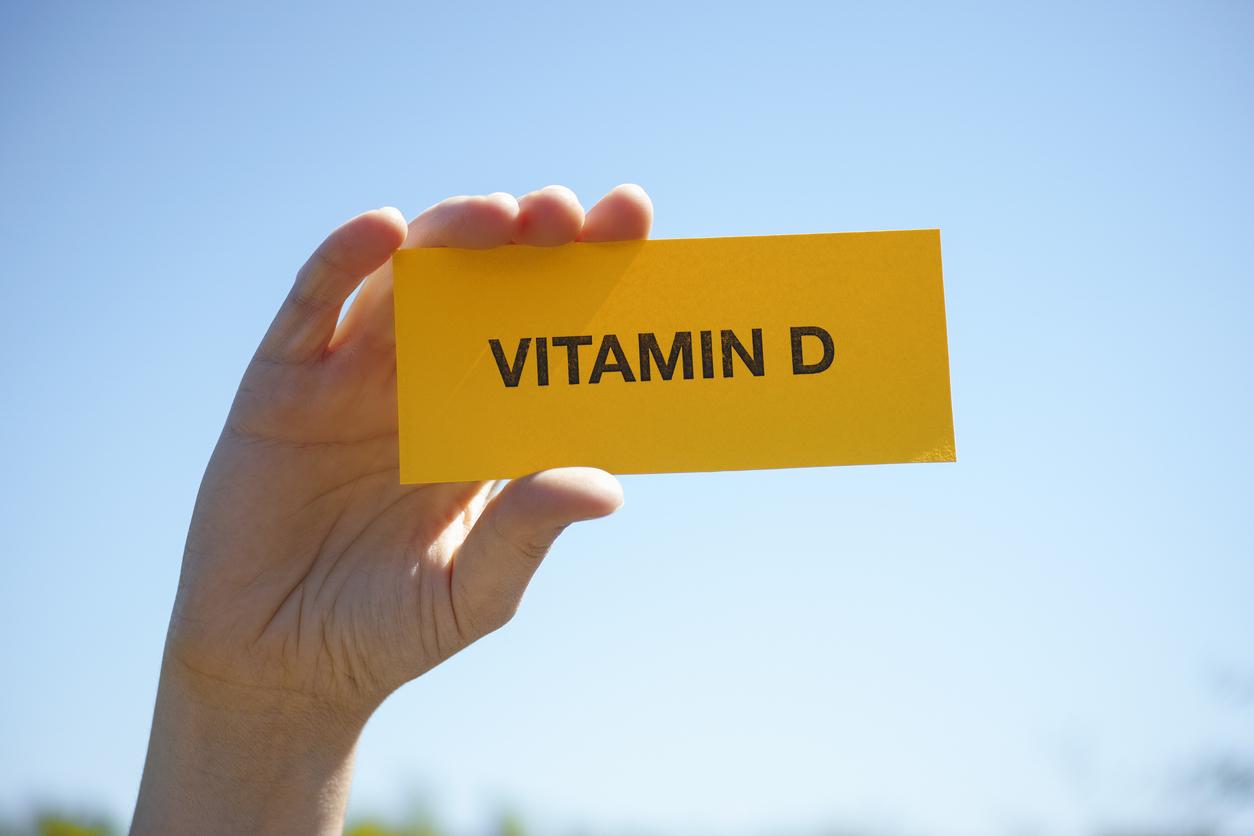The use of artificial UV rays, proven carcinogens, as a source of vitamin D, “can not, in any case, be justified”, has just reminded the National Cancer Institute (INCa) which reiterates its warning against the practice of artificial UV tanning.
The National Cancer Institute has, in fact, been contacted by the General Directorate of Health “to shed scientific light on certain messages, published in the general public press, which evoke a protective effect of ultraviolet (UV) radiation on the incidence of certain non-cutaneous cancers (breast, prostate or colon), due to their role in the production of vitamin D. “
“The hypothesis that UV radiation is a protective factor against certain cancers (breast, prostate or colon) is based only on studies of low level of proof “, affirms the INCa in its report. It also considers that the relation between the concentration in the blood of vitamin D and certain cancers” remains to be clarified “.
Tanning is not anti-cancer
In its report, the Inca stresses again that the practice of artificial UV tanning is strongly discouraged and recalls that overexposure to ultraviolet radiation (whether natural or artificial) represents a major risk factor in the development of skin cancer.
“The evolution of the practice of tanning is correlated with a sharp increase in skin cancer and in particular melanoma, the number of cases of which has more than tripled over the past thirty years, with nearly 80,000 new cases per year.
“Since artificial UV rays can cause cancer and vitamin D intake is possible orally (either by consuming foods enriched with vitamin D or by taking vitamin D supplementation), the use of sunbeds as a source of vitamin D for the general population cannot, in any case, be justified “, insists INCa.
Vitamin D: what are our needs?
To know if you are deficient in vitamin D, there is only one solution: have a blood test for vitamin D.
Here is the daily dose that we must have, drawing from our reserves (there is no question of ingesting this amount every day):
– Up to 4 years: 20 µg / d (micrograms per day)
– From 4 to 75 years old: 10 to 15 µg / day
– After 75 years: 20 µg / day
















